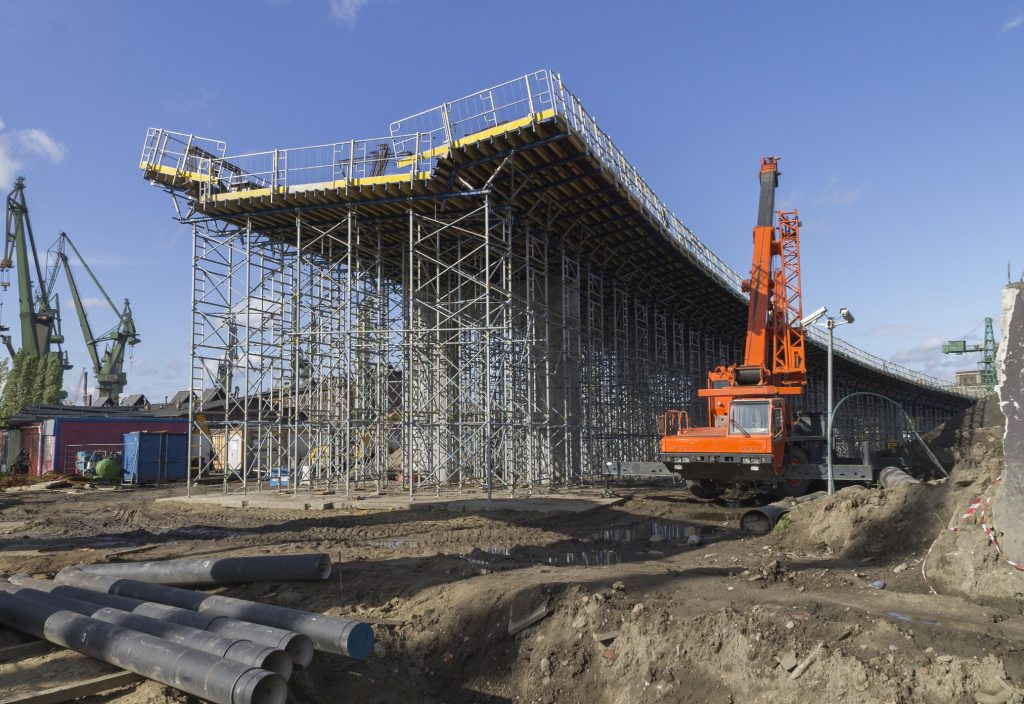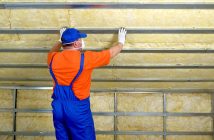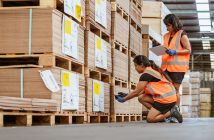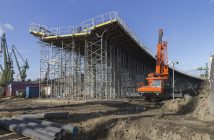Environmental responsibility and renewability — when it comes to construction, multiple pieces play into this puzzle, especially the materials used and the overall durability of the structure

The longer a concrete structure lasts, the better, because it reduces the need to make replacement concrete, which is an energy intensive resource. Since cement, a main component of concrete, is blamed for as much as 8% of global CO2 emissions, this reduction could have significant implications for sustainability. This may be one reason it is becoming more and more common to hear about structures being built with a service design life of 100 years or more.
One of the biggest threats to concrete longevity is corrosion. Under static conditions, reinforced concrete is at very low risk for corrosion. However, when adding cracking, chloride exposure from seawater or deicing salts, and long-term carbonation to the equation, the vicious cycle begins.
Corrosion causes reinforcing metal to expand, pushing on the concrete cover and causing it to spall off, subjecting the reinforcement to additional corrosives and deterioration. For this reason, corrosion inhibiting admixtures are often used in the construction of concrete buildings in harsh environments like seacoasts or regions that use heavy deicing salts.
Along with the search for greater durability is society’s quest to use products made from renewable resources instead of relying so heavily on petroleum-based substances.
One option is a corrosion inhibiting concrete admixture, which for the last two decades and more, has been used in structures around the world exposed to everything from the high water-table/saline-soil conditions of the Middle East to the intense brine of desalination processes — an outstanding choice for contractors and engineers seeking extended service life and sustainability.






